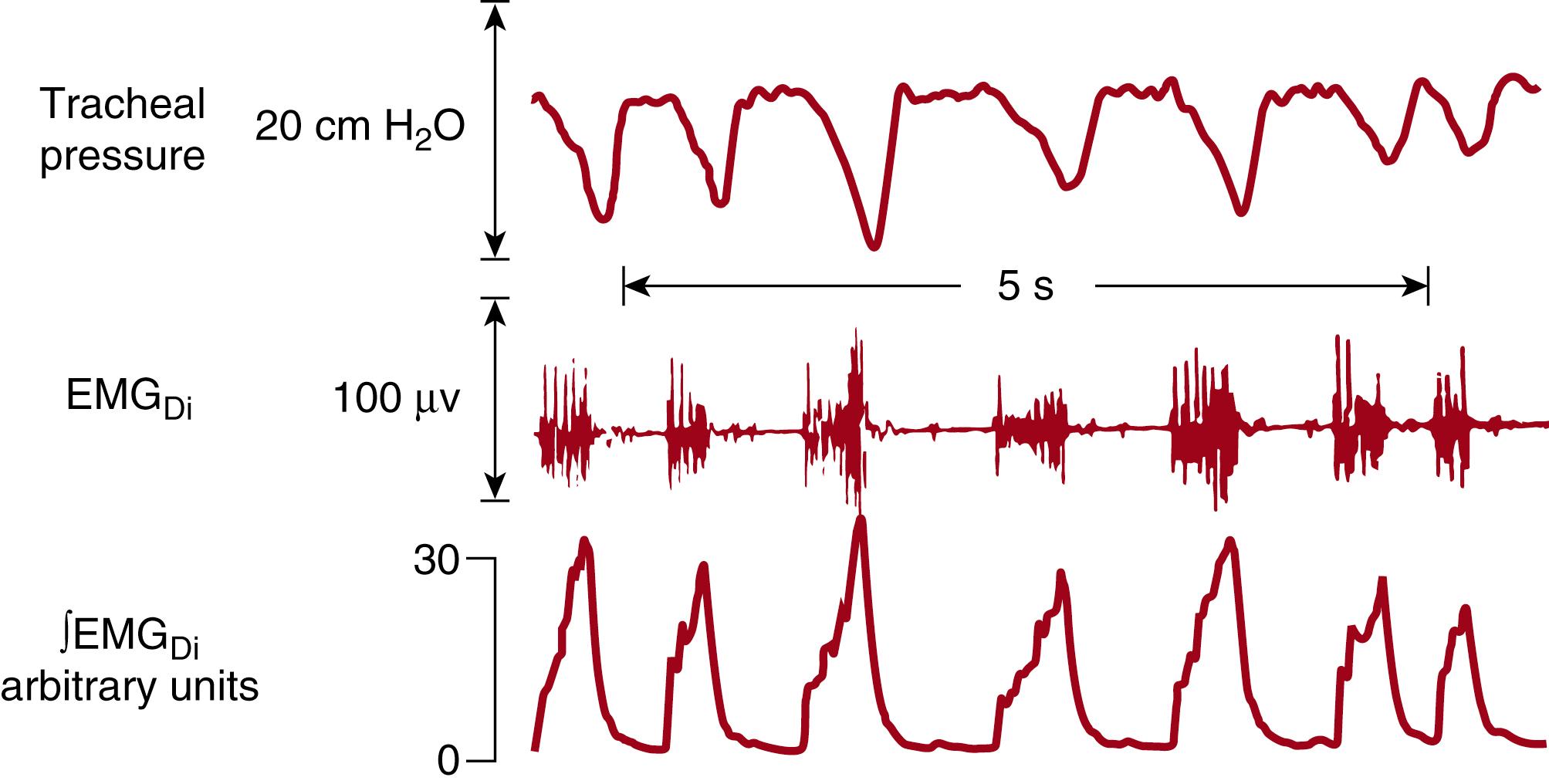Physical Address
304 North Cardinal St.
Dorchester Center, MA 02124
The late Dr. Henrique Rigatto was the original author of this chapter, which still contains parts of those original contributions.
There are at least three important considerations regarding the study of the control of breathing during the fetal and neonatal periods. First, the fetus sleeps all the time and the neonate most of the time. This means that their control of breathing must be studied during sleep and compared with the control of breathing in adult subjects during sleep and not during wakefulness. This has not been the norm in the past and accounts for some important misconceptions. Second, the fetus and the neonate are noncooperative subjects. This means that we must study their respiratory control without their being aware and try to compare the measurements with those of the adult under similar conditions. This is difficult to do. Third, measurements in the neonate are usually made, by necessity, in the decubitus position, whereas those in the adult subject are usually made in the sitting or standing position. , The implications of different positions on the control of breathing have also not been dealt with in the past. Unless there is some consistency in the methodology, it is difficult to define what is actually distinct or unique about the control of breathing in the neonate.
In this chapter, we review some of the concepts and the progress made in the area of control of breathing in the fetus and newborn. We also highlight major developments and critically analyze the scientific foundations of our knowledge in this area.
Although the major advances in our understanding of the control of breathing generally apply to the fetus and newborn, two major aspects make breathing during this period unique. One is the presence and purpose of fetal breathing, and the other is the physiologic mechanism responsible for the establishment of continuous breathing at birth.
In 1970, Dawes and co-workers presented evidence that the fetal sheep makes regular breathing movements during rapid eye movement (REM) sleep. In their work, tracheal pressure changes were measured as an index of fetal breathing. Simultaneously, Merlet and colleagues, using changes in intraesophageal pressure as an index of fetal breathing, demonstrated respiratory activity in fetal sheep. Subsequent work confirmed and expanded these findings by recording the electrical activity of the diaphragm and clearly showing the central origin of the respiratory output in utero . , It is now universally accepted that the fetus makes breathing exercises in utero beginning with early pregnancy that are a critical component of normal lung growth and in the development of respiratory muscles and neural regulation. , , Failure of the fetus to generate breathing movements results in lung hypoplasia.
The discovery of fetal breathing brought a new dimension to the events occurring at birth. What had traditionally been called the initiation of breathing at birth must now be called the establishment of continuous breathing at birth . Breathing begins long before birth. The question now is not what determines the appearance of breathing at birth but what makes it continuous. Or from another perspective, we may ask what makes fetal breathing episodic, present only during low-voltage electrocortical activity. The answers to these questions remain essentially unknown.
Fetal breathing occurs primarily during periods of low-voltage electrocortical activity, which accounts for 40% of fetal life during the last trimester of gestation in sheep. , , In the human fetus, this percentage is similar. , , During the high-voltage electrocortical activity, there is no established breathing present, but occasional breaths may surface after episodic, generalized, tonic muscular discharges associated with body movements ( Fig. 66.1 ). During low-voltage electrocortical activity, breathing is irregular, the diaphragmatic electromyogram (EMG) being characterized by abrupt onset and ending. Less frequently, there is a progressive increase in envelope amplitude, comparable to the inspiratory slope observed in the anesthetized newborn lamb ( Fig. 66.2 ). A gradual decrease in diaphragmatic EMG at the end of a breath, reflecting postinspiratory activity (as observed in the newborn infant), is rarely seen in the fetus. , , , , This irregular diaphragmatic activity generates a negative tracheal pressure of about 2 to 5 mm Hg. The corresponding changes in tracheal flow are less than seen postnatally, likely owing to the higher viscosity of lung fluid in the system. The irregular breathing activity observed during this period probably reflects the influence of the reticular formation on breathing so characteristic of REM sleep. The average breath has an inspiratory time of 0.45 seconds, expiratory time of 0.74 seconds, and a total duration of 1.12 seconds. , The physiologic mechanism responsible for the occurrence of fetal breathing only during low-voltage electrocortical activity is unknown.


Become a Clinical Tree membership for Full access and enjoy Unlimited articles
If you are a member. Log in here